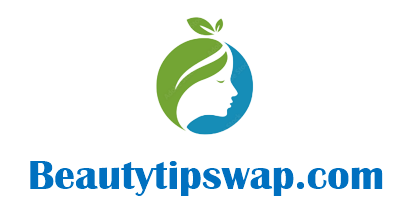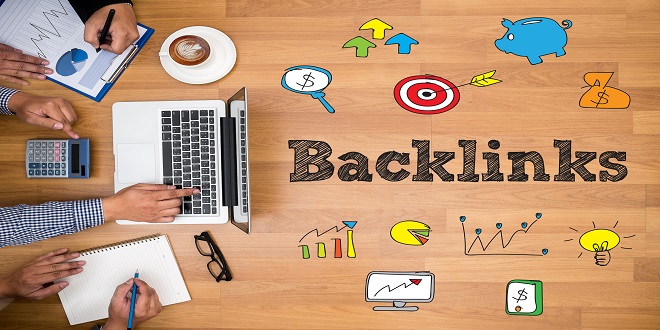Marketing via Niche Networks and Online Influencers

Throughout this book, I discuss social influence marketing on the major social platforms: what you can do on the paid side of the equation as well as on the unpaid or earned media end. Still, much more social activity is happening online beyond Facebook, YouTube, MySpace, and Twitter that needs to be accounted for. Industry insiders believe that in the coming years, greater fragmentation will happen as user-generated content flows more seamlessly between the major social platforms and the rest of the Internet.
For more information please visit: Indian proxy server
I discuss the social platforms beyond Facebook, YouTube, MySpace, and Twitter. I introduce these other social platforms, help you identify which ones are most appropriate for your marketing needs, and guide you through the process of determining how best to market on them.
Arguably, by studying the monthly unique visitors and growth rates of these social platforms, you may wonder whether calling them niche platforms is even appropriate. They still have millions of unique visitors each month and, barring few exceptions, appear to be growing at a relatively brisk pace. For many people, these social platforms are more valuable and personal than MySpace, Facebook, Twitter, or YouTube.
Here’s why I categorize them as niche platforms: Their size or growth rate still pales in comparison to that of the four major social platforms. These networks are typically more narrowly focused (for example, LinkedIn is for professionals and Classmates is for alumni relationships) and, in some cases, they serve as platforms only for the aggregation and distribution of social media and are less focused on the social graph
But here’s a tricky fact: When you look at the major social platforms through the lens of your target customers, you may discover that they’re not spending that much time on them. It is even possible that their time spent on a niche platform or cumulatively on several niche platforms exceeds time spent on the major platforms. It becomes apparent that you need to be focusing as much attention on these niche platforms (even though there are many more of them) as you do on Facebook, YouTube, MySpace, and Twitter.
If I were to start a new business, it would probably be a business that, through some magic formula, would tell marketers which social platforms their specific customers are spending most of their time in a given month, with guidance on how to reach them. I would probably make a fortune for the simple reason that it’s hard to find these customers beyond the major social platforms.
fact that you can’t just focus on the social networks: You need to look more broadly at the video Web sites, the mainstream media Web sites, the blogger networks, and social media publishing tools that are all beginning to incorporate social functionality.
To help you identify the social platforms, I’m going to share a four-step process for identifying the right social platforms on which to find your customers. But before I do that, I’d like to classify the social platforms into a more meaningful segmentation.




